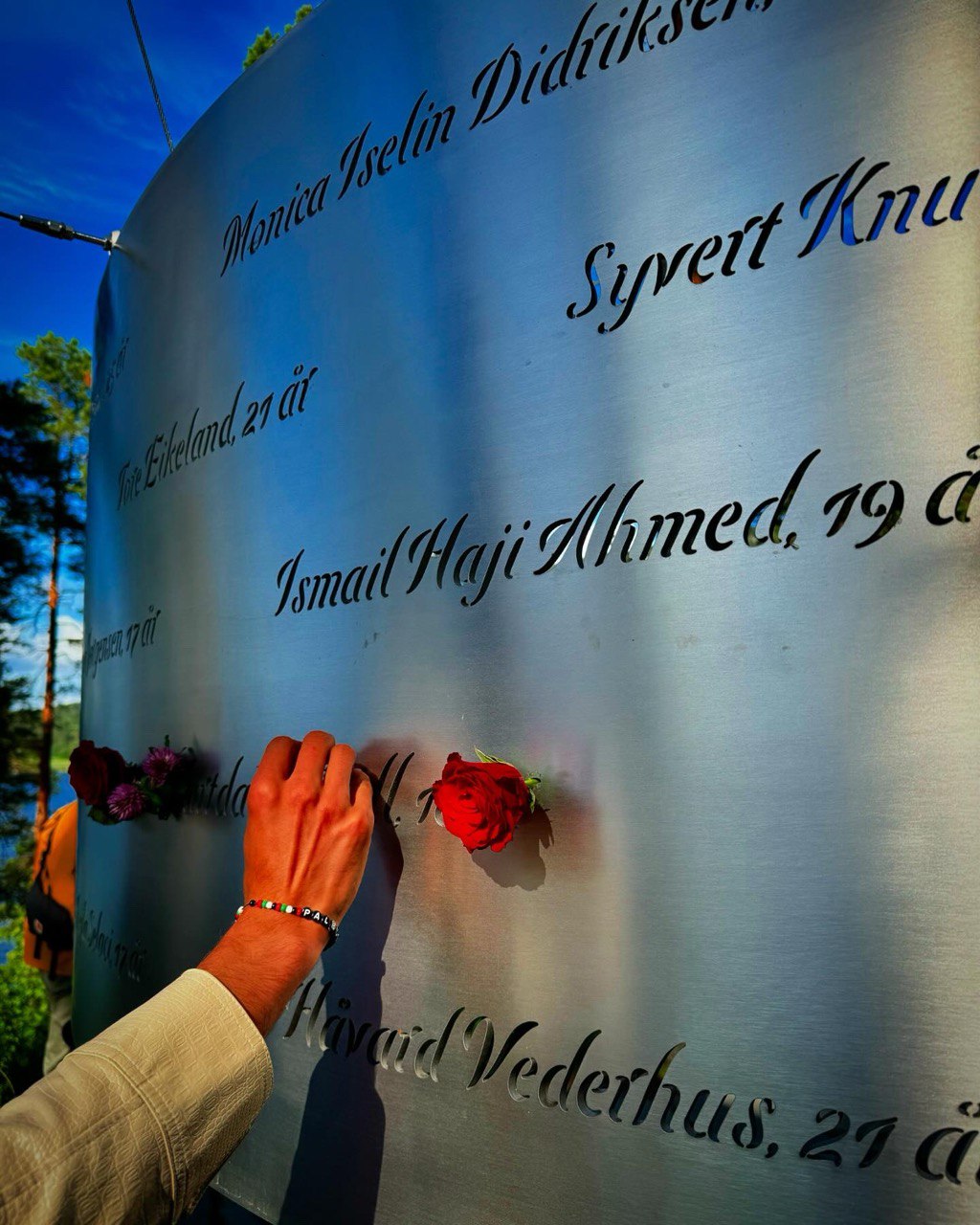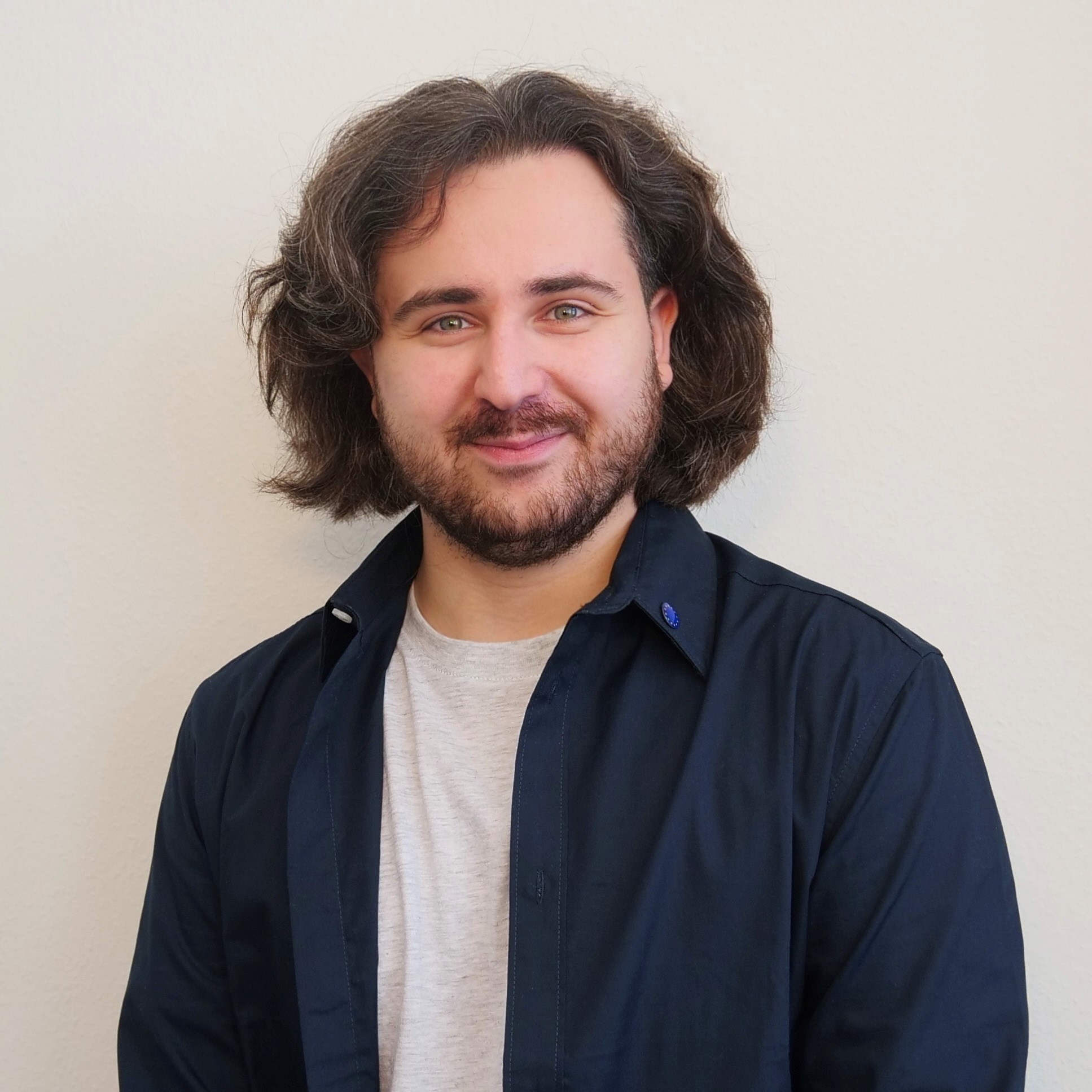In times when research on extremism and radicalization is more vital than ever, it is worth reminding ourselves what we are doing and why it matters. Organized by the Center for Research on Extremism at the University of Oslo, the 6th Nordic Conference on Violent Extremism was a perfect occasion not only for researchers and practitioners to discuss the burning issues in the field but also to reflect on how violent extremism can cause pain on human society and why we as researchers should keep in mind the societal relevance of what we do.
While we were honored to represent our Doctoral Network at the conference, with Camilla Winde Gissel, Lotta Rahlf, and Rohan Stevenson presenting their research in a panel on “Prevention of extremism in the Nordic countries” and me chairing the panel on “Perspectives on prevention: Educational, local, and national approaches,” this blog post is not about our accomplishments to the conference, but rather about some of the conference moments that will have a lasting imprint on the field as such.
The first day of the conference was on the island of Utøya. For me, Utøya used to be exclusively connected to the notorious events of July 22, 2011. This view was drastically altered by our guide, Maria Moen Østby. While constructing the chronicle of what happened that day, it was remarkable how she could channel this pain by telling us the stories of countless friendships and relationships that began in these exact buildings, meadows, and pathways. She urged us to try to process the full spectrum of the events on this island. Her reconciliatory tone was a major highlight of the conference.
The second day started with a presentation by Tina Askanius from Malmö University on “Gender, Misogyny, and Far-Right Extremism.” As our fellow VORTEX member Leena Malkki has rightly pointed out, she showed everyone “how to deliver a keynote.” Drawing from her personal experience and complicated relationship with her late father, she reminded the audience of the dire reality that misogyny, racism, and any other type of discrimination is far from being a research subject within the field, with many researchers having hands-on life experiences on it.
Additionally, Tina Askanius brought attention to the plentiful works presented at the conference concerning extremist behavior targeted toward women and sexual minorities. Around 20% of papers and panels were related to anti-gender politics and misogynist extremism. While most are about the ongoing socio-political developments, Celestine Kunkeler presented valuable research on the history of anti-trans politics and how it serves as a basis for the current political developments in this domain. The audience also found this research fruitful with Ov Cristian Norocel correctly highlighting that while we, researchers, are preoccupied studying contemporary developments because “shit happens,” we also need to pay some attention to the historical developments because “shit happened.”
Of specific interest is a growing line of research on manosphere and incel subculture. Increasingly becoming a hot topic, especially among early-stage researchers, papers outline the online and offline environments where misogynistic ideas proliferate. Particular importance was given to how humor, memes, and nostalgia play as an instrument for such proliferation.
The three days in Oslo and Utøya undoubtedly left some mark on me and gave me some points for reflection. I feel that I was not the only participant to leave the conference with such thoughts. The Aarhus University will host the next edition of the conference in September 2025.
Read more: Overview of panels and presented papers at the 6th Nordic Conference on Violent Extremism.


